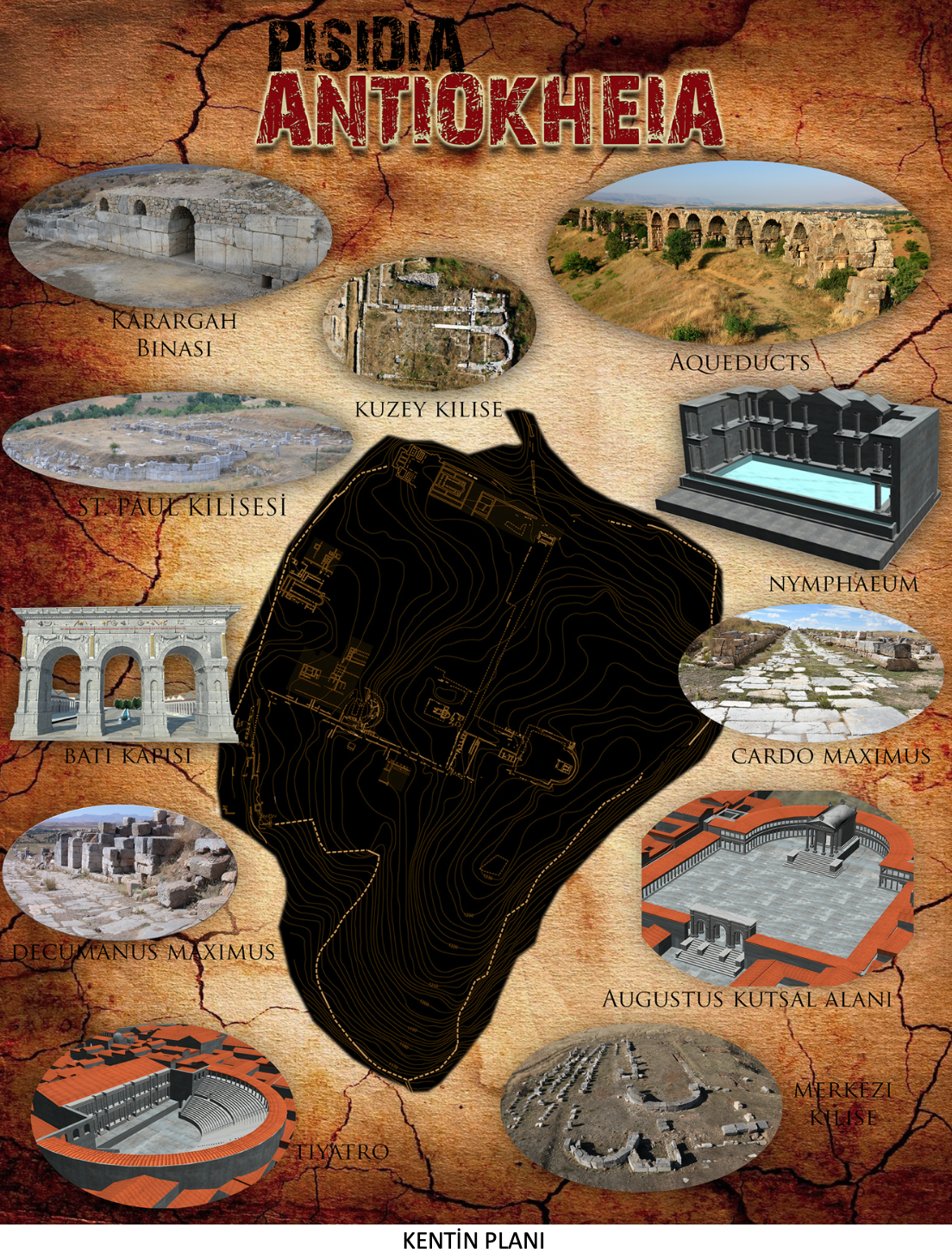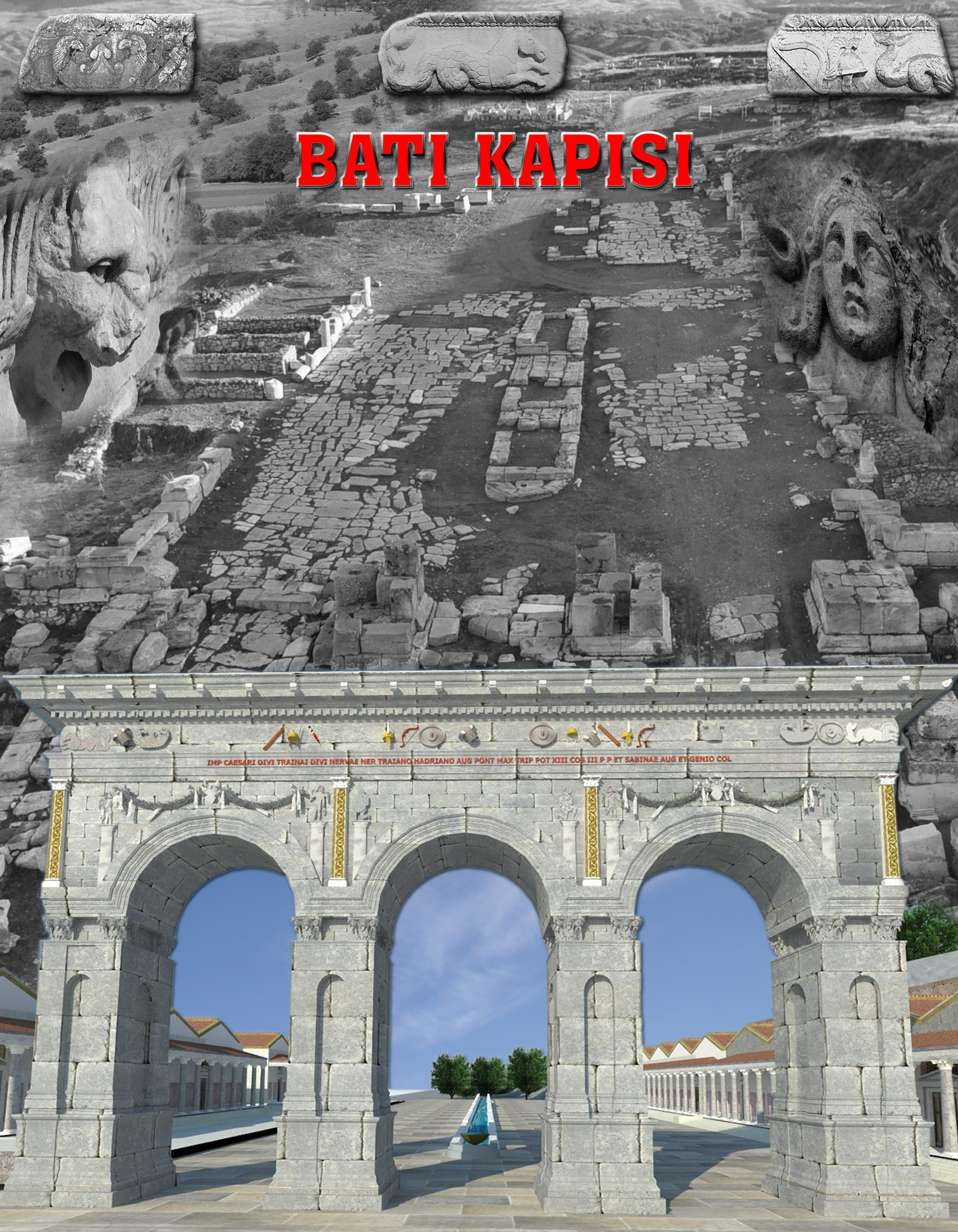PISIDIA ANTIOCHEIA
EXCAVATIONS IN PISIDIA ANTIOKHEIA
Prof. Dr. Mehmet ÖZHANLI
Excavations in Pisidia Antiocheia have been carried out by Prof. Dr. Mehmet ÖZHANLI since 2008, on behalf of Süleyman Demirel University, with the decree of the Council of Ministers of Turkey. Pisidia Antiocheia is located in the immediate vicinity of Yalvaç District in Isparta. According to the written sources the city was founded by the Seleucid Dynasty at the beginning of the 3rd century BC. The city was mentioned as Pisidia Antiocheia by the ancient authors, since there were 16 cities named Antiocheia in Anatolia. Established in a Hippodamian (grid) plan on a west-facing hill, which is an extension of Sultan Mountains, the sacred site of the city is located in the Gemen Grove at an altitude of 1600 m, 5 km east of the city. There are no civil structures in the sacred grove except the temple of the moon god Men and the related structures. With Christianity being the official religion of the state, the sanctity of the area continued with the church built on the same area.
Pisidia Antiocheia had a privileged position under the regnancy of Roman Empire. The city, which became the capital of five colonies founded in 25 BC, by Augustus was named Colonia Caesarea; the districts of the city were named after the seven districts of Rome and the city was granted to be a free city (Ius Italicum).
Pisidia Antiocheia lived its prime under the rule of the Eastern Roman Empire during the reign of Emperor Justinian (527 – 565 AD). The city, which was devastated by the invasions of Islamic Jihadists, passed under the rule of the Anatolian Seljuk State and renamed Yalvaç.
The city was declared a pilgrimage center in the first consul gathered in İznik in 325 AD since St. Paul visited the city three times between 46-58 AD and gave one of his first sermons of Christianity in the city.
During the excavations, only 5% of the city center, which is 67 hectares, was unearthed. Excavated areas: The West Gate, which is the main entrance to the city, East-West Street (Decimanus), Theatre, Tiberius Forum, Temple of Augustus, a section of the North-South (Cardo) Street, House with Atrium, Nymphaeum, the building called therme (bath-house), Temple of Men and four churches.

